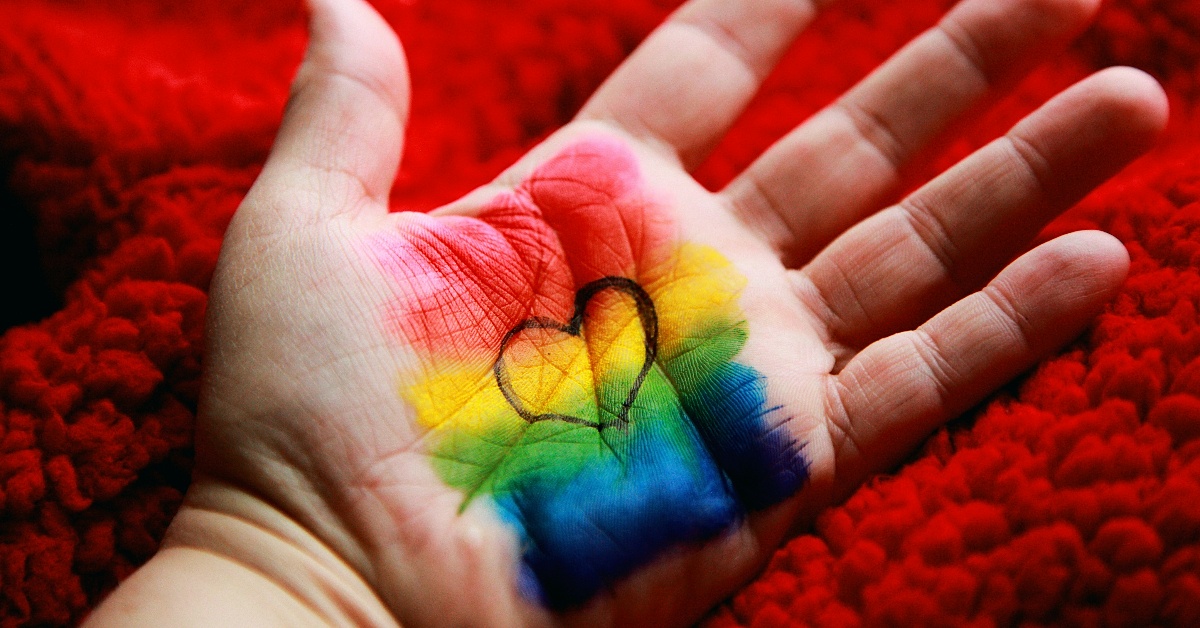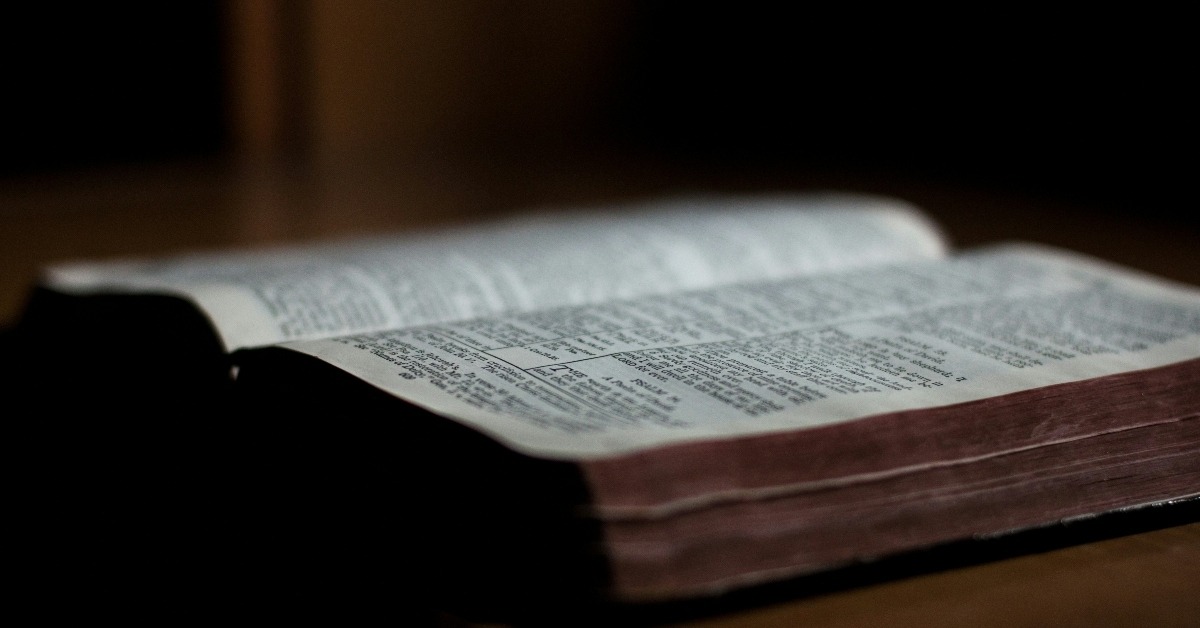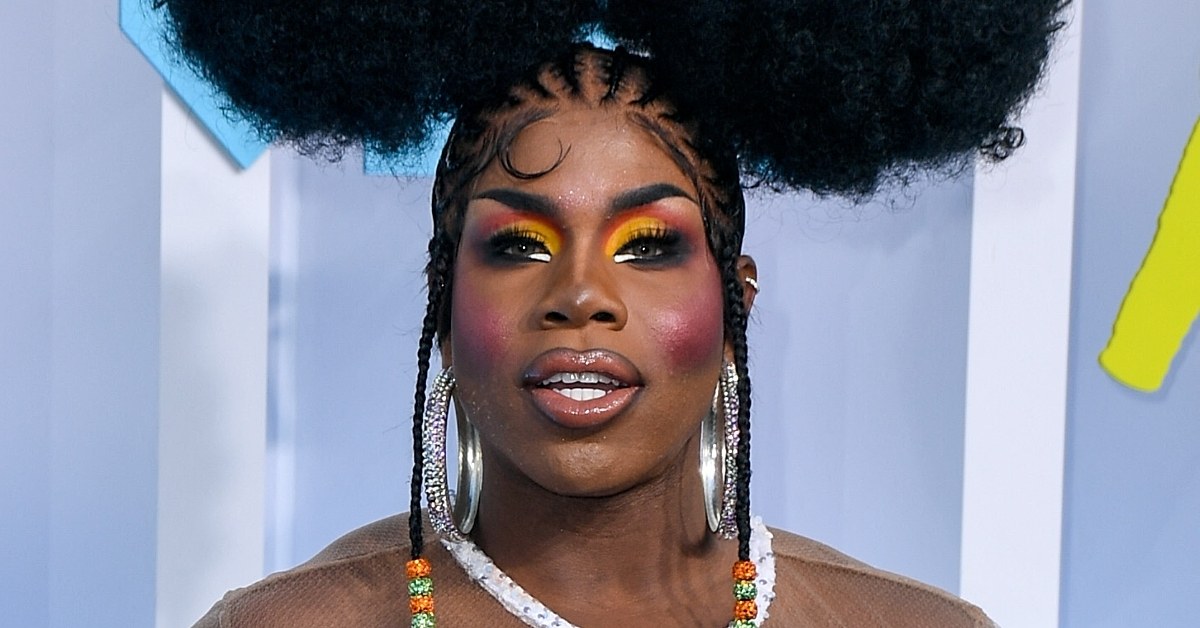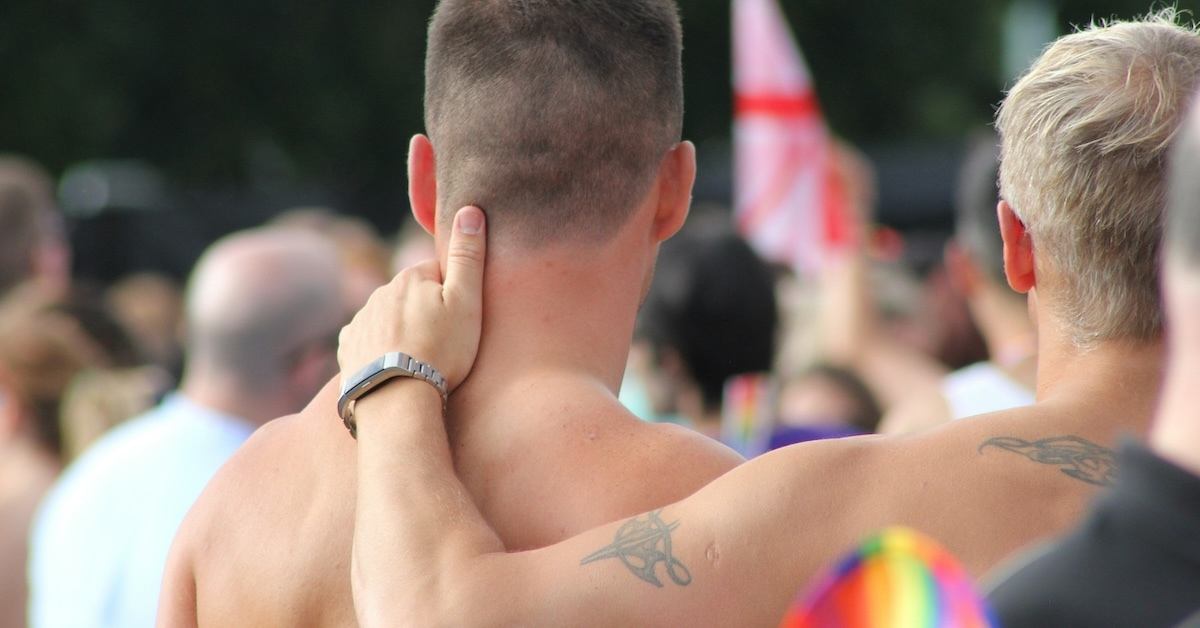BY: DM
Published 3 months ago

When it comes to LGBTQIA+ inclusion, the Bible keeps sparking conversations — and sometimes, clashes. In communities of faith, the age-old book is at the center of most modern cultural debates. As LGBTQIA+ folks increasingly claim space in society, some wonder what the Bible really says about sexuality and gender. However, the answer is complex.
While the Bible never mentions terms like “gay,” “transgender,” or “non-binary” — concepts only recognized centuries later — a handful of biblical passages are routinely highlighted in arguments over LGBTQIA+ identities. Conservative religious groups often invoke scripture to question LGBTQIA+ relationships and rights, citing what they view as clear condemnations. Let’s break down what the bible says and how conservatives co-opt these passages.
What does the Bible really say about LGBTQIA+ people?

The Bible was written long before the modern notions of sexual orientation or gender identity. Concepts like same-sex marriage or transgender identity would have been foreign in the ancient world. Nevertheless, many faithful today turn to scripture for guidance on sexuality and gender. Because of this, centuries-old verses are being re-read through a contemporary lens. Modern Christians often grapple with whether biblical statements on same-sex behavior were addressing specific ancient contexts or issuing blanket bans on all LGBTQIA+ relationships for all time.
Relatively few verses in the Bible mention same-sex sexual behavior at all, yet they are thrown around during anti-LGBTQIA+ debates. According to Outreach, opponents will often use what many call “clobber passages” — so named because they are used to “clobber” LGBTQIA+ people in debates. These verses span both the Old and New Testaments and are cited as evidence that “homosexuality is a sin.”
These Bible verses have become anti-LGBTQIA+ talking points.

Anti-LGBTQIA+ Christians often rely on a handful of Bible verses to justify their condemnation of queer people. One of the most commonly cited is Genesis 19:1–38, which tells the story of Sodom and Gomorrah’s destruction. Traditionally, many interpret this as God punishing homosexuality. But a closer look shows something different. The story actually centers on an attempted gang rape of angelic visitors, not a consensual same-sex relationship. Outreach scholars agree that the passage is about sexual violence, power, and inhospitality, not LGBTQIA+ love.
Leviticus 18–20 also includes a verse that forbids a man from “lying with a man as with a woman,” and many interpret it as a blanket condemnation of homosexuality. However, scholars argue the passage likely focused on concerns about procreation, preserving tribal identity, or preventing incest. Some even suggest it aimed to protect against intrafamily sexual abuse. Notably, Leviticus never mentions female same-sex relations at all.
Another set of frequently referenced verses comes from 1 Corinthians 6 and 1 Timothy 1, where Paul uses Greek terms that are notoriously difficult to translate. Many scholars argue these words refer to sexual exploitation, such as men paying for sex with young male prostitutes, rather than condemning consensual same-sex relationships. During that time, there was no such thing as same-sex marriage. That’s why some theologists believe Paul wasn’t talking about LGBTQIA+ relationships at all, but rather condemning excessive abuse and coercion.
While some folks misquote the bible regarding LGBTQIA+ people, it’s important to remember that people will make interpretations and move accordingly. That said, there will always be some contention where religion and sexuality are concerned.
Which biblical passage do you think gets most misinterpreted in debates about LGBTQIA+ rights? Comment below!










